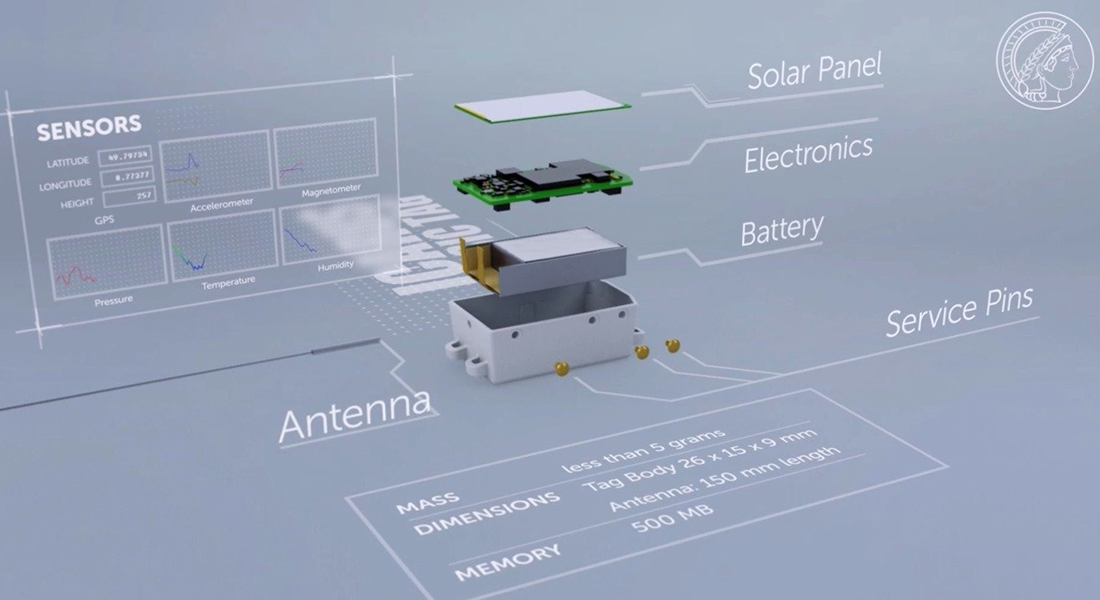The ability to trace animals from birth to death
Natural History Museum of Denmark will be hosting a new project working to develop technology that can trace animals throughout their lifetime.
This year, the Villum Foundation will award a total of DKK 100 million to 51 researchers under the Villum Experiment programme. A two million kroner grant goes to Rasmus Worsøe Havmøller, who is working to develop new technology that will make it possible to trace land-based animal movements throughout their lifetime.
There is a lack of knowledge about what happens when a young animal begins to explore the area in which it is born. Especially when the animal moves away from its mother to establish its own territory.
"The problem is that the proliferation stage for mammals has been impossible to study because the current GPS units are either too heavy or too fragile to be placed on young mammals that continue to grow. At the same time, the battery life is too low to send the collected data via the conventional satellite network. All mammals under 2 kg are simply too small to be able to wear the current GPS units, "says Rasmus Worsøe Havmøller, who is developing his project as a postdoc at the Natural History Museum of Denmark.
The ICARUS project, which is headed by the Max Planck Institute in Germany, has developed a GPS unit of only 5 grams, which charges the little lithium-ion battery with the help of solar cells.

In addition to developing the very small GPS units, ICARUS also works with the International Space Station (ISS), which is located in a low orbit above the ground of only 400 km. This means that the distance data passed on from the small GPS unit requires much less energy than if it were to be transmitted over the conventional satellite network orbiting the Earth at 20,000 km altitude.
The small GPS unit from Max Planck, and the antenna on ISS, have, among other things, made it possible to monitor birds over several years. However, the small GPS unit has trouble charging when it is to register animals that move at night or live in caves where it is not possible for solar cells to supply energy:
"My project is to try to take GPS technology one step further by merging the latest GPS unit in just 5 grams with a kinetic unit, e.g. similar to those found in kinetic clocks. This means that the animal's own movement energy is used to charge the battery throughout the life of the animal. If we succeed, this means that we will have access to a lot of new knowledge that can make us wiser about how mammals establish their territories in a world they have never experienced before, "says Rasmus Worsøe Havmøller.
Read more about the Villum Experiment: DKK 100m to 51 extraordinary research experiments
